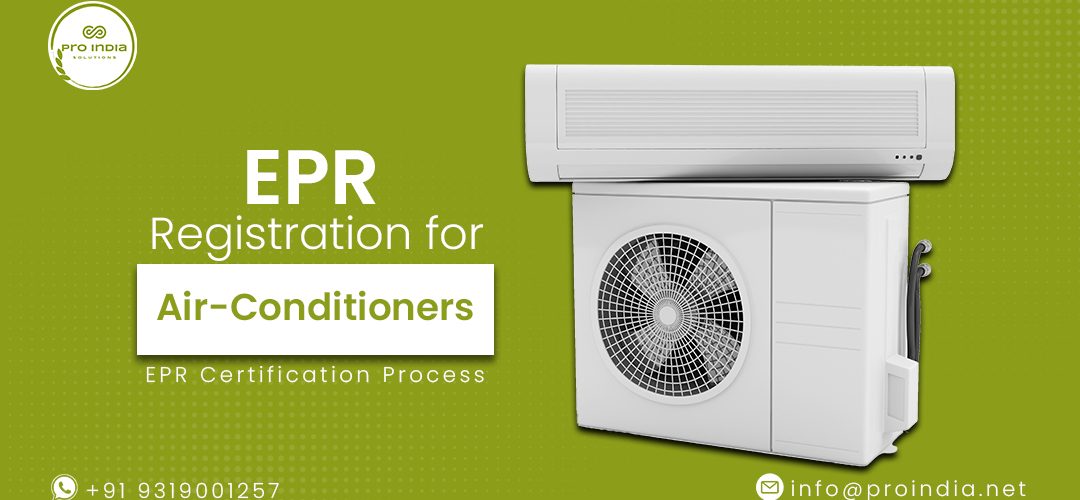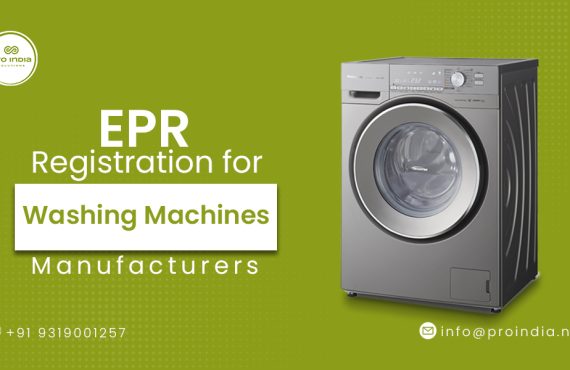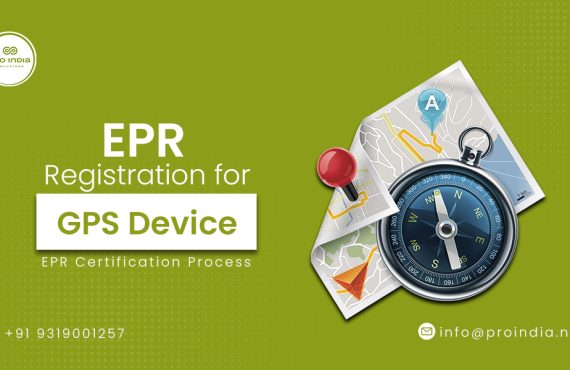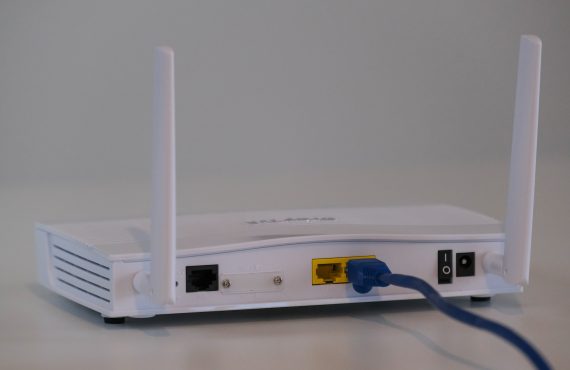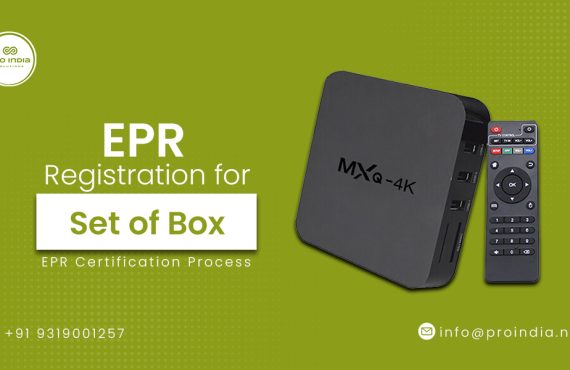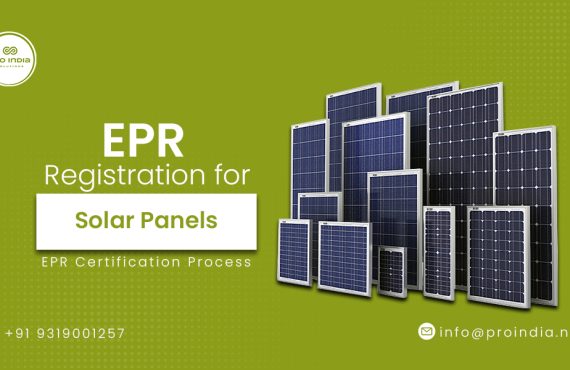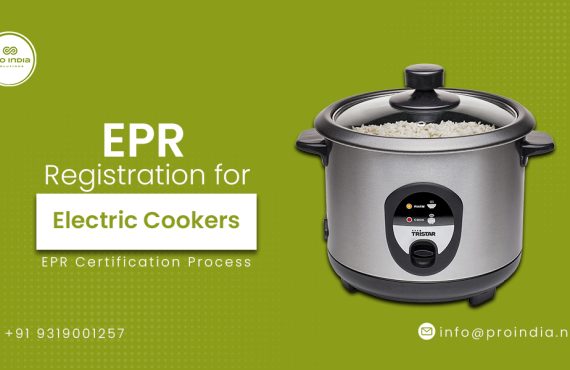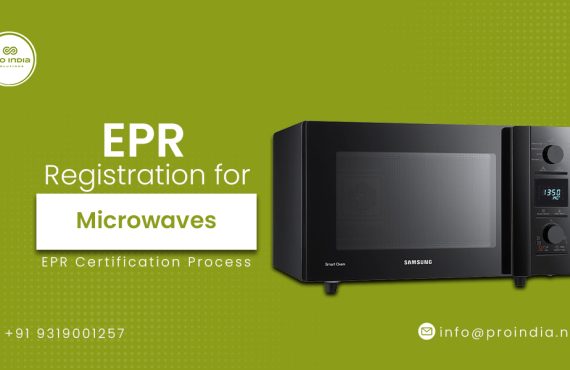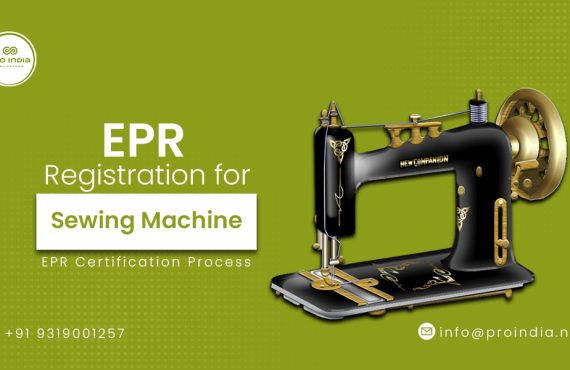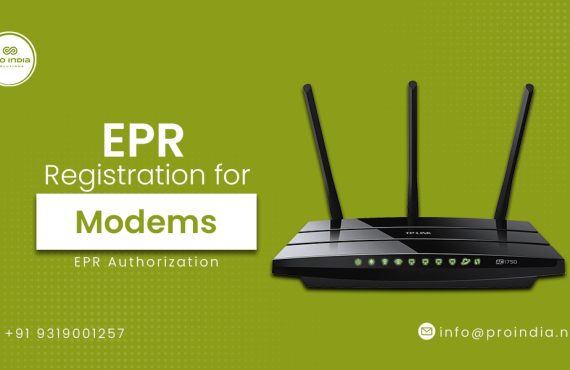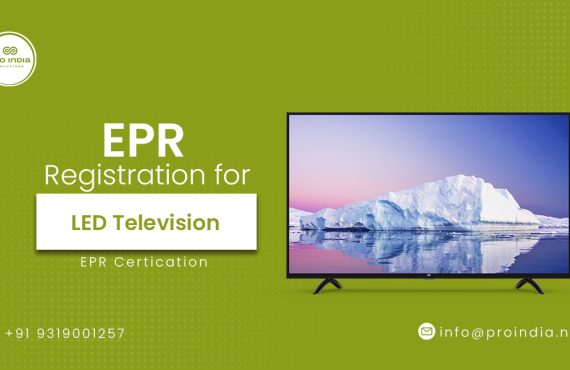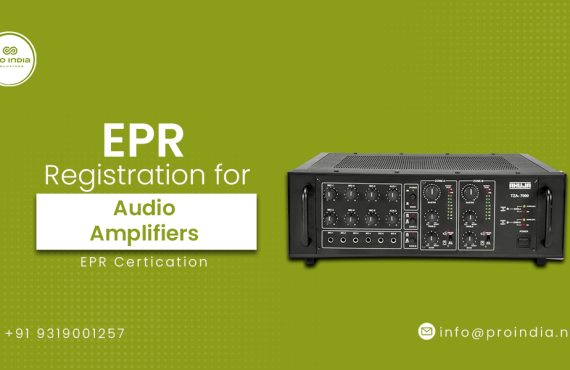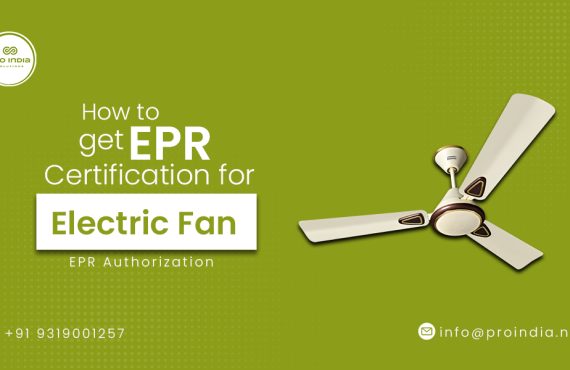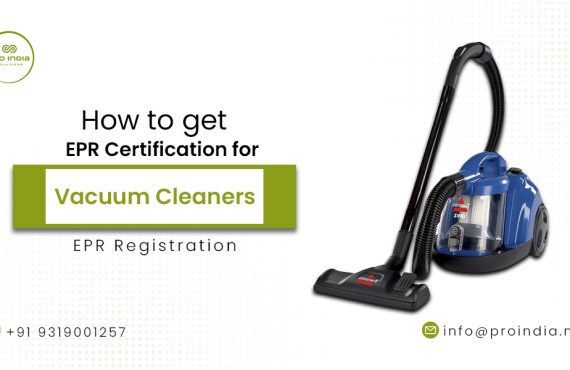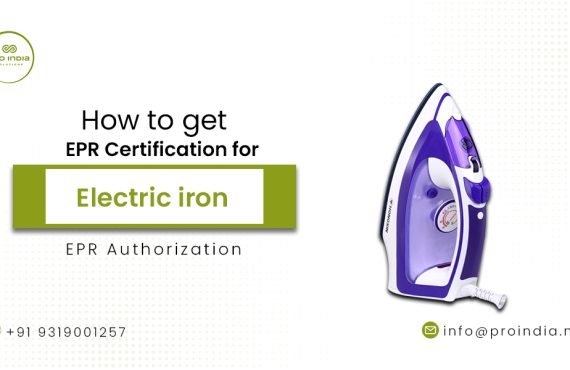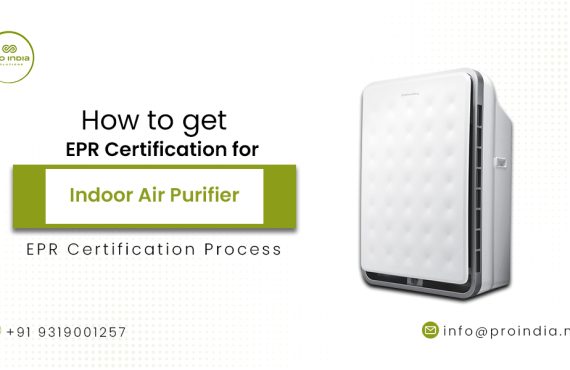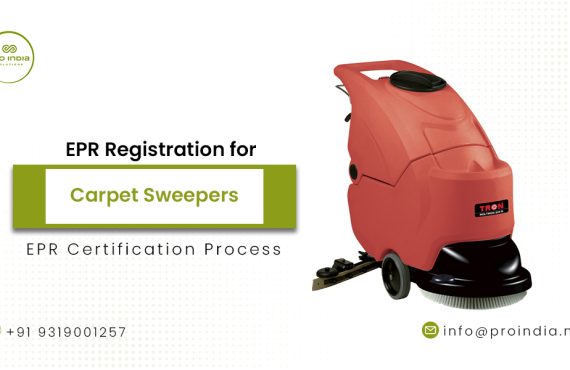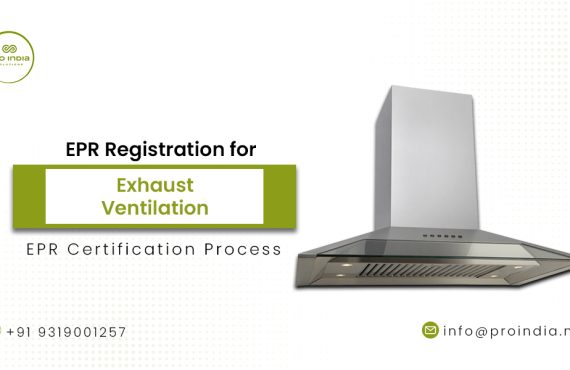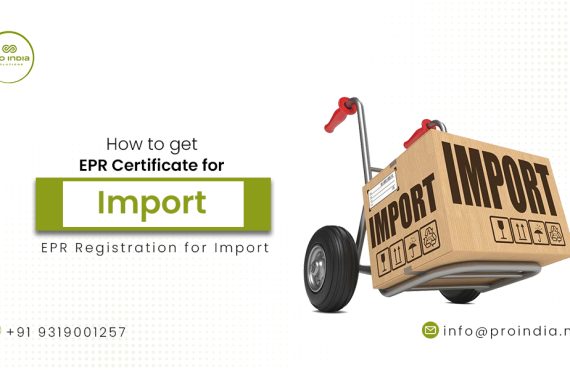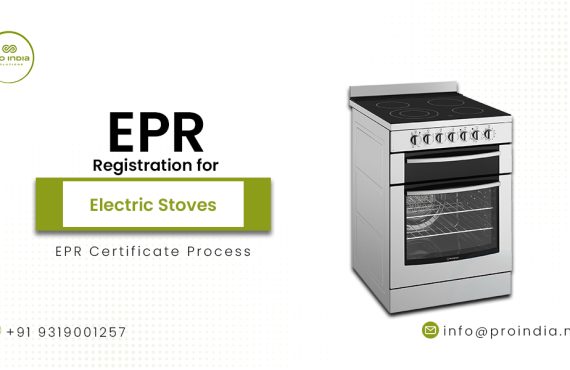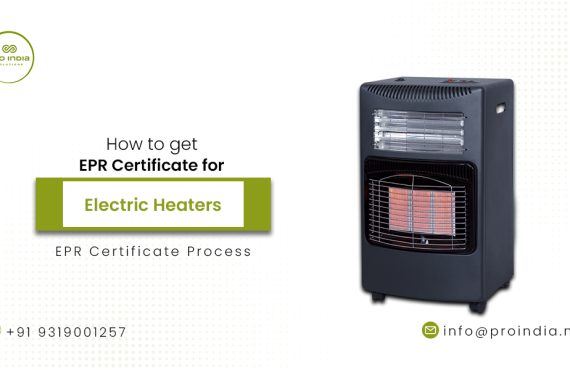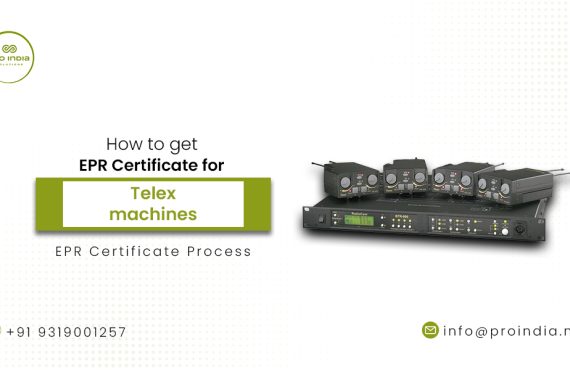Introduction:
The way we approach product manufacture and waste management has significantly changed in recent years as a result of environmental concerns. Extended Producer Responsibility (EPR) is a theory that holds producers responsible for all aspects of a product’s lifecycle, including disposal. We will go into the subject of EPR registration for air conditioners in this blog article, examining its importance, advantages, and procedure. By the conclusion, you’ll fully comprehend how EPR registration is essential for fostering a sustainable future.
- Understanding Extended Producer Responsibility (EPR)
Extended Producer Responsibility (EPR) is a policy approach that aims to shift the responsibility of managing a product’s environmental impact from the consumer to the producer. It requires manufacturers to take responsibility for their products throughout their entire lifecycle, including after they have reached the end of their useful life. The core principle of EPR is to ensure that producers bear the costs and responsibilities associated with the disposal and recycling of their products.
- Definition and purpose of EPR
The purpose of EPR is to encourage manufacturers to consider the environmental impact of their products from the design stage through to their end-of-life. It aims to create a sustainable system where manufacturers are incentivized to design products that are more easily recyclable, durable, and less harmful to the environment. EPR shifts the burden of managing waste and promoting recycling
- EPR’s Role in waste management and environmental sustainability
EPR plays a crucial role in waste management and environmental sustainability. By holding manufacturers accountable for the environmental impact of their products, EPR encourages them to adopt environmentally friendly practices. It incentivizes the development of eco-design principles, recycling infrastructure, and efficient collection and treatment systems. This approach contributes to the reduction of waste in landfills, the conservation of resources, and the prevention of pollution.
- EPR regulations around the world
EPR regulations and policies vary across different countries and regions. Some jurisdictions have implemented comprehensive EPR frameworks that cover a wide range of products, while others have focused on specific sectors or waste streams. For example, the European Union has established the Waste Electrical and Electronic Equipment (WEEE) directive, which includes air conditioners and other electronic products. Other countries, such as Canada and Japan, have also adopted EPR regulations for various products, including air conditioners.
- The Importance of EPR Registration for Air Conditioners
Air conditioners are widely used appliances that provide comfort in both residential and commercial settings. However, their disposal poses significant environmental challenges. EPR registration for air conditioners is crucial for several reasons.
- Environmental impact of air conditioners
Air conditioners contain various components and refrigerants that can have adverse effects on the environment if not properly managed. These appliances often contain refrigerants with high global warming potential (GWP), such as hydrofluorocarbons (HFCs), which contribute to climate change when released into the atmosphere. Additionally, air conditioners may contain hazardous materials, such as mercury, lead, and other toxic substances, which can pose risks if not handled correctly during disposal.
- Challenges associated with air conditioner waste
The improper disposal of air conditioners can lead to several environmental and health hazards. Many air conditioners end up in landfills, where they take up valuable space and contribute to pollution. Improper disposal practices can result in the release of refrigerants and hazardous substances into the environment, contaminating soil and water sources. Furthermore, air conditioner waste often contains valuable materials that could be recycled or recovered if properly managed.
- EPR registration as a solution for air conditioner disposal
EPR registration provides a solution for the proper disposal and recycling of air conditioners. By implementing EPR programs for air conditioners, manufacturers can take responsibility for managing the end-of-life phase of their products. This includes setting up collection systems, ensuring proper treatment and recycling, and promoting environmentally sound disposal practices. EPR registration encourages manufacturers to adopt sustainable design practices, such as using eco-friendly refrigerants and designing products for easier disassembly and recycling.
III. Benefits of EPR Registration for Air Conditioners
EPR registration for air conditioners offers several benefits for the environment, society, and manufacturers themselves.
- Reduction of waste in landfills
EPR registration helps divert air conditioners from landfills, reducing the environmental impact associated with their disposal. By providing proper collection and recycling mechanisms, EPR programs ensure that valuable materials are recovered, minimizing the need for new resource extraction.
- Promoting recycling and resource recovery
EPR programs incentivize manufacturers to invest in recycling infrastructure and technologies, making it easier and more economically viable to recycle air conditioners. This promotes resource recovery and contributes to the circular economy by reintroducing valuable materials back into the production cycle.
- Encouraging eco-design and product innovation
EPR registration encourages manufacturers to adopt eco-design principles, which focus on minimizing the environmental impact of products throughout their lifecycle. By considering factors such as recyclability, energy efficiency, and the use of sustainable materials, manufacturers can develop air conditioners that are more environmentally friendly and meet the evolving demands of consumers.
- The Process of EPR Registration for Air Conditioners
EPR registration for air conditioners involves several steps, from identifying responsible parties to ensuring compliance with relevant regulations.
- Identifying responsible parties and obligations
EPR registration requires clear identification of the parties involved, including manufacturers, importers, distributors, and retailers. Each party has specific obligations, such as reporting on the quantities of air conditioners placed on the market, financing the collection and treatment of end-of-life units, and ensuring compliance with recycling targets.
- Compliance requirements for manufacturers
Manufacturers seeking EPR registration for air conditioners must comply with specific regulations and requirements. This may include registering with relevant authorities, submitting product information, meeting recycling targets, and maintaining records to demonstrate compliance. Manufacturers are also responsible for financing the collection, treatment, and recycling of air conditioners at the end of their useful life.
- Collaboration between manufacturers and recycling entities
Effective collaboration between manufacturers and recycling entities is essential for the success of EPR registration. Manufacturers need to establish partnerships with recycling facilities or organizations capable of handling air conditioner recycling. These collaborations ensure the proper treatment of end-of-life units and facilitate the recovery of valuable materials.
- Case Studies: Successful EPR Implementation for Air Conditioners
Several countries and regions have implemented EPR programs for air conditioners, leading to positive outcomes. Let’s explore two examples of successful EPR implementation.
- Example 1: Country/Region
The country/Region has implemented a comprehensive EPR program for air conditioners. Manufacturers are required to register their products, meet recycling targets, and finance the collection and recycling processes. As a result, air conditioner recycling rates have significantly increased, reducing waste in landfills and promoting resource recovery.
- Overview of their EPR system for air conditioners
In this system, manufacturers are responsible for financing and organizing the collection of end-of-life air conditioners. They work in collaboration with designated recycling facilities that are equipped to handle the safe dismantling and recycling of the units. The program sets recycling targets to ensure the environmentally sound management of air conditioner waste.
- Key achievements and outcomes
Since the implementation of the EPR program, the Country/Region has witnessed a significant increase in air conditioner recycling rates. The program has successfully diverted a large volume of air conditioners from landfills, contributing to resource conservation and environmental protection. The collaboration between manufacturers and recycling entities has fostered innovation in recycling technologies, further improving the efficiency of the process.
- Example 2: Country/Region
The country/Region has also embraced EPR registration for air conditioners, resulting in positive environmental outcomes. The program focuses on reducing the environmental impact of air conditioners and promoting sustainable practices among manufacturers.
- Overview of their EPR system for air conditioners
In this system, manufacturers are required to register their air conditioners and meet recycling targets. They finance the collection and treatment of end-of-life units through an established network of collection points and recycling facilities. The program emphasizes proper handling of refrigerants and hazardous materials during the recycling process.
- Key achievements and outcomes
The EPR program in the Country/Region has led to increased recycling rates for air conditioners, ensuring that valuable materials are recovered and recycled. The program has also raised awareness among manufacturers and consumers about the importance of sustainable practices in the air conditioning industry. Through collaboration and compliance, the program has successfully minimized the environmental impact of air conditioner waste.
- Challenges and Future Outlook for EPR Registration in the Air Conditioning Industry
While EPR registration for air conditioners offers numerous benefits, several challenges remain. Overcoming these challenges is crucial for the continued success and effectiveness of EPR programs.
- Enforcement and monitoring issues
Effective enforcement and monitoring of EPR programs can be challenging, particularly in regions with limited resources or inadequate regulatory frameworks. It is essential to establish robust monitoring systems to ensure compliance and address any potential loopholes or non-compliance issues.
- Stakeholder engagement and collaboration
Successful EPR programs require active participation and collaboration among various stakeholders, including manufacturers, government agencies, recycling entities, and consumers. Engaging all stakeholders in the design and implementation of EPR programs fosters shared responsibility and ensures the success of such initiatives.
- Innovations in air conditioner design and recycling technologies
To further enhance the environmental performance of air conditioners, continuous innovation in design and recycling technologies is necessary. Manufacturers should strive to develop products with improved energy efficiency, reduced use of hazardous substances, and enhanced recyclability. Similarly, advancements in recycling technologies can facilitate the recovery of valuable materials from end-of-life air conditioners.
Conclusion:
EPR registration for air conditioners plays a crucial role in tackling the environmental challenges associated with their disposal. By holding manufacturers responsible for the lifecycle of their products, we can minimize waste, promote recycling, and foster a more sustainable future. As governments and organizations worldwide continue to embrace EPR initiatives, the air conditioning industry stands poised for positive change. By prioritizing EPR registration, we can pave the way for a greener and cleaner tomorrow.
contact our experts now to meet your compliance requirements


